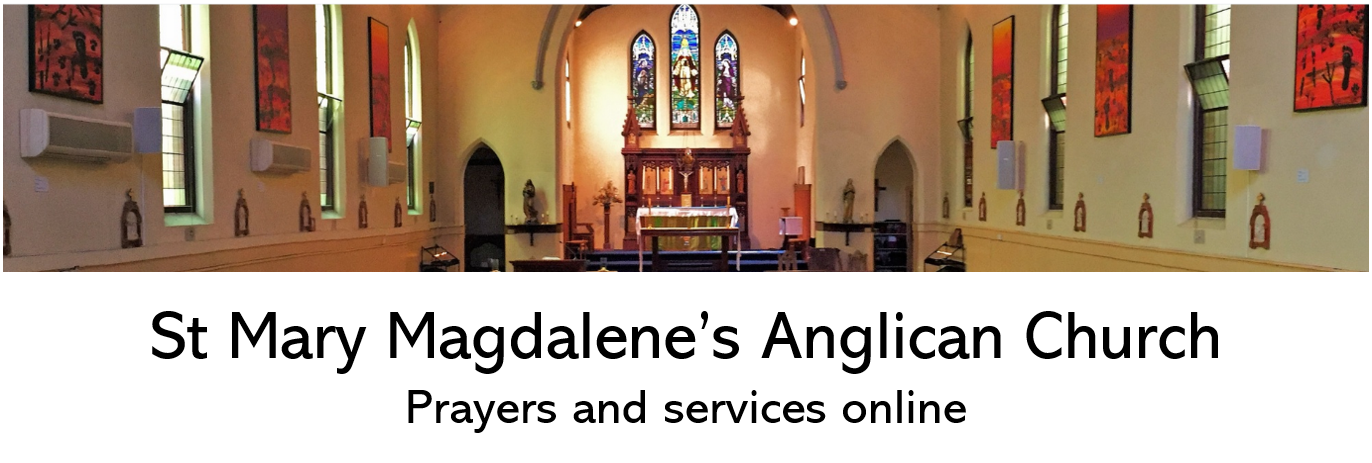And did you get what
You wanted from this life, even so?
I did.
And what did you want?
To call myself beloved, to feel myself
beloved on earth.
Raymond Carver

___________________________________________
Imagine you were an oyster. The public would see you as an infrangible nut, a kind of sea-raid shelter, but you would see yourself as all mother-of pearl inwardness and vulnerability.
Seamus Heaney
_______________________________________________
Who what and how one loves determines who and what one is and will become.
Sandra Schneiders
My false and private self is the one who wants to exist outside the reach of God’s will and God’s love – outside of reality and outside of life. And such a self cannot help but be an illusion.
Your love is better than life itself Psalm 63:3
Ignatius – as he ends the Spiritual Exercises – says:
Love ought to find its expression in deeds rather than in words.
Love consists in mutual communication.
One learns to love by being loved. The Gospel holds out for us the attractive vision of a God who loves us – a vision of a divine milieu in which we can sense God in all things and all things in God – where “nothing can come as an interference between God and his creature because everything is a means of encounter and union”.
As we reflect on the circumstances of our life, within the context of our reading of the Scriptures, Ignatius suggests that we ask for what we want. This could mean interior or felt knowledge, an experience of God’s love in everything, gratitude for such love, the ability to love in response, and to serve God in all things.

Henry Moore, British sculptor, treated the subject of mother and child repeatedly. of his own work, Henry Moore said: “From very early on I have had an obsession with the Mother and Child theme. It has been a universal theme from the beginning of time and some of the earliest sculptures we’ve found from the Neolithic Age are of a Mother and Child…so that I was conditioned, as it were, to see it in everything. “
We see in this post images of two of Moore’s very abstracted sculptures, the Reclining Mother and Child and Draped Reclining Mother and Baby. They express two of Moore’s central themes, the reclining figure and the loving and protective relationship between mother and child. The abstracted forms also remind us of the rolling hills in a landscape, reminding us of the comfort and protection of the earth itself. Here, more than ever, Moore gave us ‘a big form protecting a little form’.
For a printable PDF of the text of this meditation please click on the link below.







